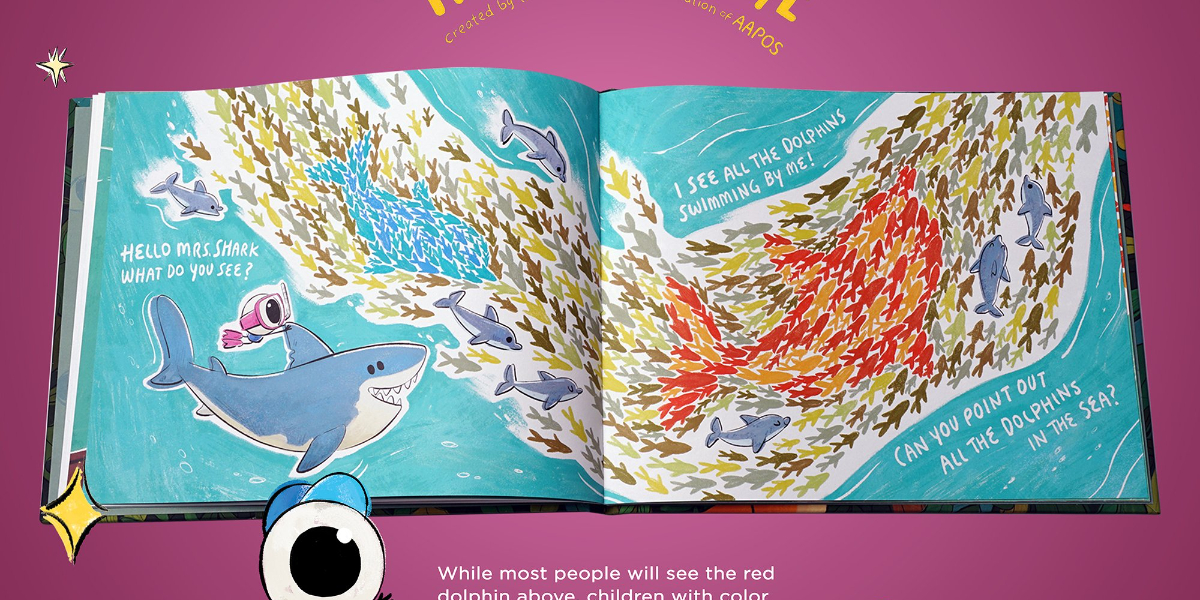AWARD YEAR
2023
CATEGORY
Play & Learning
GOALS
Good Health & Well-being
KEYWORDS
color blind, childrens book, Illustrated Childrens book
COUNTRY
United States of America
DESIGNED BY
Executive creative director Mike Bonilla, Children’s Eye Foundation & Ruby Wang
WEBSITE
https://www.thecuriouseye.org
The Curious Eye
A book dedicated to helping all children understand the unique way we all see the world.
How does it work?
Children with color vision deficiency (CVD), commonly known as color blindness, see the world in a unique way. This means some children cannot distinguish between certain shades of colors like reds and greens, and yellows and blues.
It’s important to find out how a child sees at a young age, because when color vision deficiency is diagnosed early, they can better understand how they see the world.
The book is dedicated to helping all children understand the unique way we all see the world.
Why is it needed?
Color vision deficiency (CVD), commonly known as color blindness, is the inability to distinguish certain shades of color. This doesn’t mean children with CVD can’t see color, they can.
What this does mean is that they cannot tell the difference between colors like reds and greens, or yellows and blues (and that’s totally OK!) because how we each see the world is special.
1 in 12 males worldwide
1 in 200 females worldwide
The most common kinds of color blindness are genetic.
Many children with CVD go undiagnosed for too long, affecting their confidence and social experiences.
When left undiagnosed kids can:
be misdiagnosed with other learning disabilities
- often avoid activities and games revolving around color
- sometimes be bullied because their peers don’t understand how they see differently experience isolation from not understanding why they cannot see colors like everyone else.
How does it improve life?
Children with CVD see the world in a unique way. See through their eyes and learn more about the different types of color vision deficiency below.
CVD is more common than you may think:
1 in 12 males worldwide
1 in 200 females worldwide
The most common kinds of color blindness are genetic





